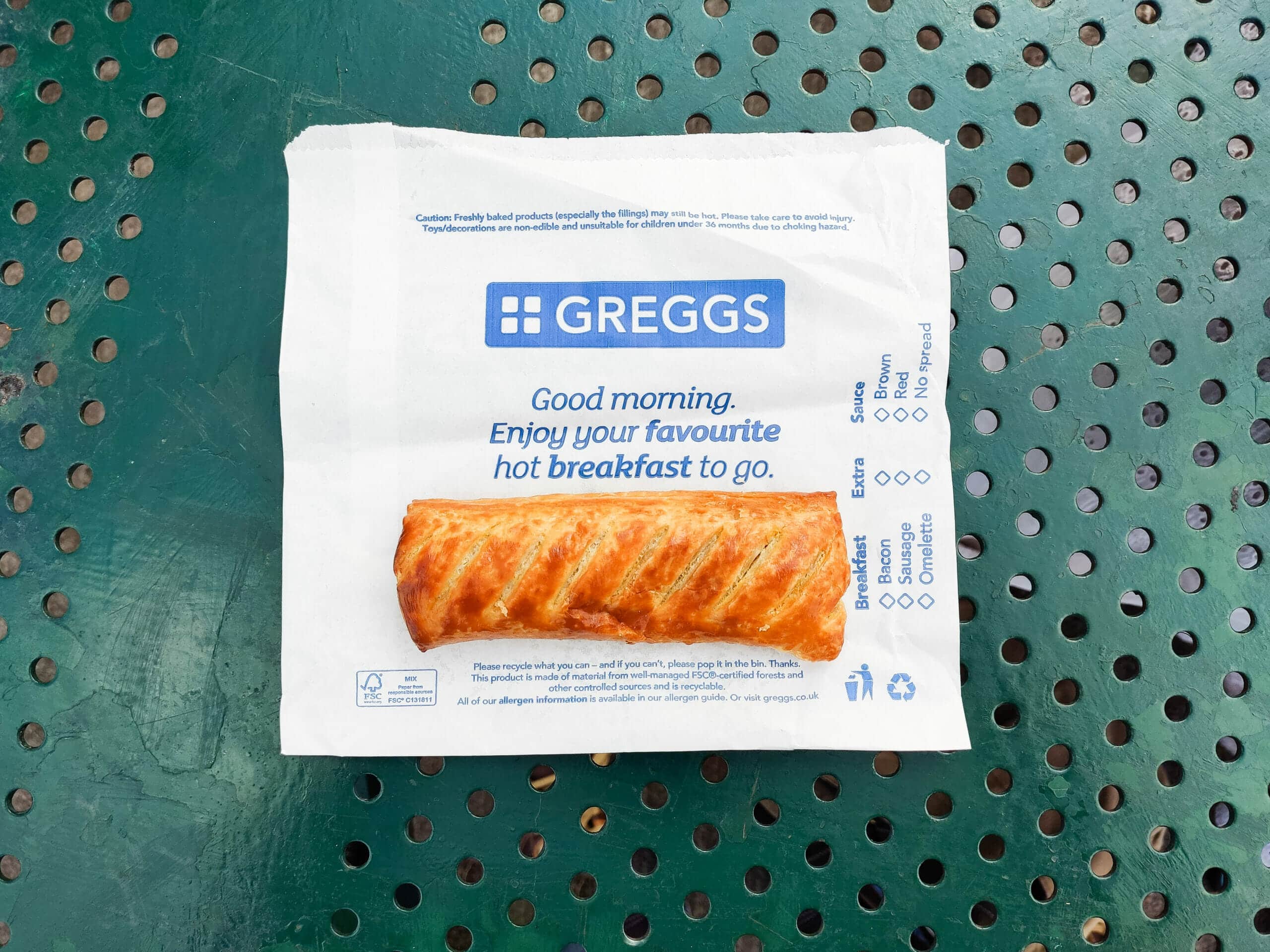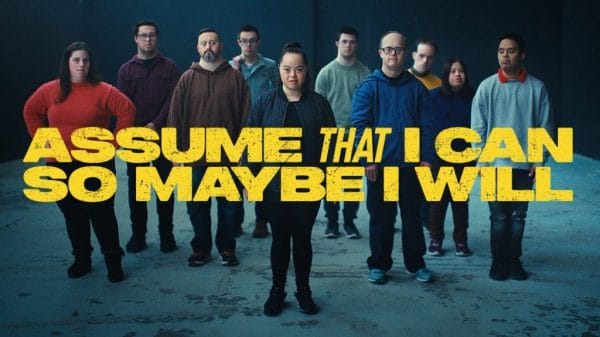Lidl, Greggs, Creme Egg’s, KFC are all branching out. Where would these massive monolithic corporations go, however, if they’re already so good at what they do?
It seems that fashion is their new investment, their new way forward – and Gen Z is eating it up.
With Primark starting a collab with the iconically British pastry chain-corp, GREGGS, a lot of big businesses are seeing the hype created around everyday corporations putting out their own fashion. You can match your all-blue GREGGS tracksuit with new Lidl chunky trainers, or Lidl swim shorts in the summer… perhaps Creme Egg’s conceptual collection is more to your taste, however? And match that class with a KFC ‘wrapuette’ handbag and bucket hat.
Fashion trend forecasters are not as surprised as you may be by this shift in fashion, turning away from expensive couture street-wear high-fashion brands to celebrating more average and everyday wear brands. Francesca Muston, the VP of fashion content at WGSN, claims that they have closely been monitoring this shift in fashion for three years. Muston claims it is a vicinity towards ‘the mundane’: “These brand collaborations are deliberately relatable rather than aspirational.”
It is exactly this ‘everyman vibe’ that makes this fashion trend cool for young dressers. Lidl becomes cool because it is known to be cheaper than other supermarkets, and more accessible. The same goes for the fast-food KFC or Greggs. And it was most likely the shift in the economy that the pandemic caused that made the majority of communities realize the importance of essential workers and companies that have had to keep the world running while everyone was locked inside their homes. Muston says, “Many of the true heroes of the pandemic were the delivery and public transport drivers, supermarket workers and restaurant staff who enabled life to continue, bringing a newfound appreciation of the brands, services and products which we had taken for granted as a mundane part of life.”
She adds, “The current cost of living crisis makes this trend even more relevant. It has realness that celebrates everyday life and rejects the assumption that people are aspiring to something else. It is societal commentary with an honesty that feels refreshing for the fashion industry.”
Amy Hendry from Fashion Snoops also supports Muston claiming that the success of these fashion spin-offs of these major companies is greatly supported by British nonsense-based humour and the rise of the love of kitsch. Hendry says, “People are getting over the ‘perfect’ aesthetic and now they want to be more real and almost this kind of kitsch, jokey real.” For instance, Greggs is selling a t-shirt and matching boxers with a sausage roll emblazoned across the front of them. And frankly, treating a sausage-roll tee with the same attitude as hypewear brands like Supreme, well, “there is something inherently funny” about it.
Hendry says, “It’s like a rebellion against fashion trends, in a way. ‘I’m going to wear what I want and that includes a supermarket t-shirt.’ If enough people do it, it almost becomes a counteraction of itself, where it becomes cool.”
Indeed, it is nice to see the brands that have been UK staples in the working class for centuries finally getting cultural recognition beyond merely their sphere. However, even if Greggs might not be Chanel, or KFC might not be Louis Vuitton, these are still massive corporations. In 2021, KFC made an annual revenue of almost 2.2 billion; Greggs made a profit of 145.6 million.
Also, the merch was not released by the workers, or fans of the product, but from the corporation itself. The charm of the everyman style is kind of lost went the corp is actively trying to sell you onto the joke…
Additionally, the most avid users of these spin-off fashions seem to be the targeted Gen Z. Hendry claims that “they are notoriously difficult to market to because they don’t watch TV” but they are also the biggest and quickest shoppers for fast fashions and streetwear drops because of the online shopping world.
“They don’t really read magazines – they’re all online. Everything is done through social media and TikTok. So they’re really hard to get to. This is creating something that’s kind of like cult wear or meme fashion, where you’d wear it to post it online.” And once a post becomes popular for a certain outfit worn in it, everyone else will want to make a post with that outfit on, too.
Growing up around social media and with the social pressure of making successful posts, Gen Z have become finely and almost religiously attuned towards product and brand-based fashion. It’s not just what one’s friends at school are wearing that matters anymore, but what the global youth is trending.
“That’s why hype culture and Depop culture is popular with them because it switches and changes regularly, but they can keep up with it because everything is sold to them so easily,” Hendry adds.
In fact, it doesn’t even become important anymore if you actually eat at Greggs regularly or shop at Lidl, and to the companies, it’s also irrelevant. These clothes are selling the aesthetic of someone that would, but doing so by choice instead of bringing awareness to perhaps the economic and financial sensibility to which the discounted products of these brands actually cater to.
Hendry adds, “I think there are two sides to it: There’s one where they’re kind of creating this fashion for meme culture and social media, but also, it’s a great way for free advertising because logos and brand mania are really popular with the younger generation. They’re wanting to make themselves a meme or something viral, that means that their name is being spread. It’s incredibly great marketing.”
Tiffany Hill, creative director and founder of Tiffany Hill Studio, also adds insight into the future of fashion following these growing trends. With non-fashion brands as these entering the fashion world, it “opens up new opportunities for other established retailers and chains to follow suit, as long as they retain their authenticity and unique identity.”
They have managed to create and invest in a hype culture without the unaffordability that has become so entrenched in high fashion streetwear. People are now queuing up for something that everyone can afford, and being able to sell something anyone can have, is pretty impressive.
If you are into new fashion trends and these are a bit too ‘mundane’ for your tastes, how about wearing a handbag made from human organs by this infamous Indonesian fashion designer?















